If you have some patience for my ramblings about old churchyards, I'm pleased to say that I've found out a bit more about it. I paid a visit to Strathearn Community Library and did a bit of ferreting about in old books (never a bad way to spend an hour or two). The library has a great two-volume work by A.Mitchell recording pre-1855 memorial inscriptions in Perthshire churchyards, so I consulted that first. It also has a facsimile edition of a book published in 1899, entitled Annals of Auchterarder and Memorials of Strathearn, and I was actually able to borrow that one and bring it home to peruse.
Annals of Auchterarder has several pages about the church, which I will try to summarise. The first mention of it is in the foundation charter by Gilbert, Earl of Strathearn, dated 1200, "in favour of the Abbey of Inchaffray."At that time it was referred to as the "Church of Saint Meckessock of Eochterardeour". I suppose we should be thankful that the spelling has been simplified over the last 800 years.
The book describes the church as "a long, narrow building with no architectural beauty." The foundation cross, a slab with a Latin cross on it, had been exhumed some years before the book was published (ie in the late 1800s) and was now standing within the walls, and the font had been moved to the new parish church in the town of Auchterarder.
Saint MacKessog was also the patron saint of Luss and Comrie. He was born around 460 A.D. and his saint's day is 10th March. Up until shortly before the publication of the Annals in 1899 there was a fair held in the town on that day in his honour.
The church was used as a place of worship until the reign of Charles I (1600-1649), and the story goes that the roof fell in one Sunday shortly after the congregation had left! Certainly it has fallen in; the nave is open to the sky.
As for the tombs, I was able to identify the occupants of some of these thanks to the book of Perthshire memorial inscriptions. The entry for the church, described as "Auchterarder Kirkton", says that the survey was carried out in June 1972 by Alison M. Mitchell.
Back in 1972, now over 40 years ago, when she noted down the words carved into the gravestones, many were clearly legible that are now too mossy or weathered to be read.
The three tombs below are described as follows:
To the right: James Graham(?); there was a coat of arms on this one.
Centre: James Drummond, "portioner Ochterarder", died 18.9.1818; his wife Janet Graham, died 20.1.1803; their daughter Elizabeth, died 17.4.1835 (wife of James Moir, died 1844, with daughter Janet died 1819).
To the left: John Graham, "portioner Ochterarder", his wife Giella (Binning), their son Patrick, died 20.7.17-0 and son James, died 28.5.1775. There was a coat of arms on this tomb too, identical to the one on James Graham's.
NB A portioner was a laird of a small estate.
The mural memorial seen in the background of this picture (below) was to Peter Smitton of Holltoun, died 14.11.1794, his first wife Susanna George, who died on 28.9.1757 and his second wife Elizabeth Ritchie, who died on 10.10.1760; also three infant children.
The gravestone below tells rather a sad story. It memorialises William Reid and his wife Jean Menzies, and their children. They had a daughter Elizabeth, who died on 2.1.1862, and two sons: Andrew, who died on 23.8.1839 and William, who died on Christmas Eve 1835, apparently at the age of 7. That must have been a terrible Christmas for that family. Another daughter, Jane, survived into adulthood and died in 1931.
After each death date a number is given which I took to be the age of the person at death. This would however mean that if little William Reid and Jane Reid were siblings, they were born 30 years apart, which is not impossible but would make one of them a very early or very late baby indeed. I wondered therefore whether Jane might in fact be a granddaughter, perhaps the child of Elizabeth. Sometimes finding out a piece of information just seems to lead to more questions!
Finally, if you are interested in seeing what the church looks like underneath all that vegetation, there are a couple of old black and white photographs on the website of the Corpus of Scottish Medieval Parish Churches. Go right down to the bottom of the page and click on either image 7 or image 8.
There is no date given for the photos but you can clearly see in image 7 the three tombs of the Grahams and Drummonds shown in my photo above - all of them pretty much moss-free. So perhaps this was how the church and graveyard looked when Alison M. Mitchell visited it.







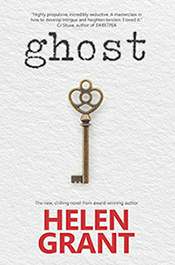
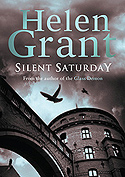
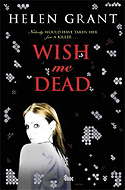
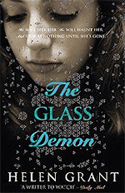

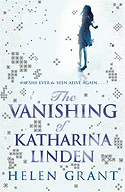
No comments:
Post a Comment